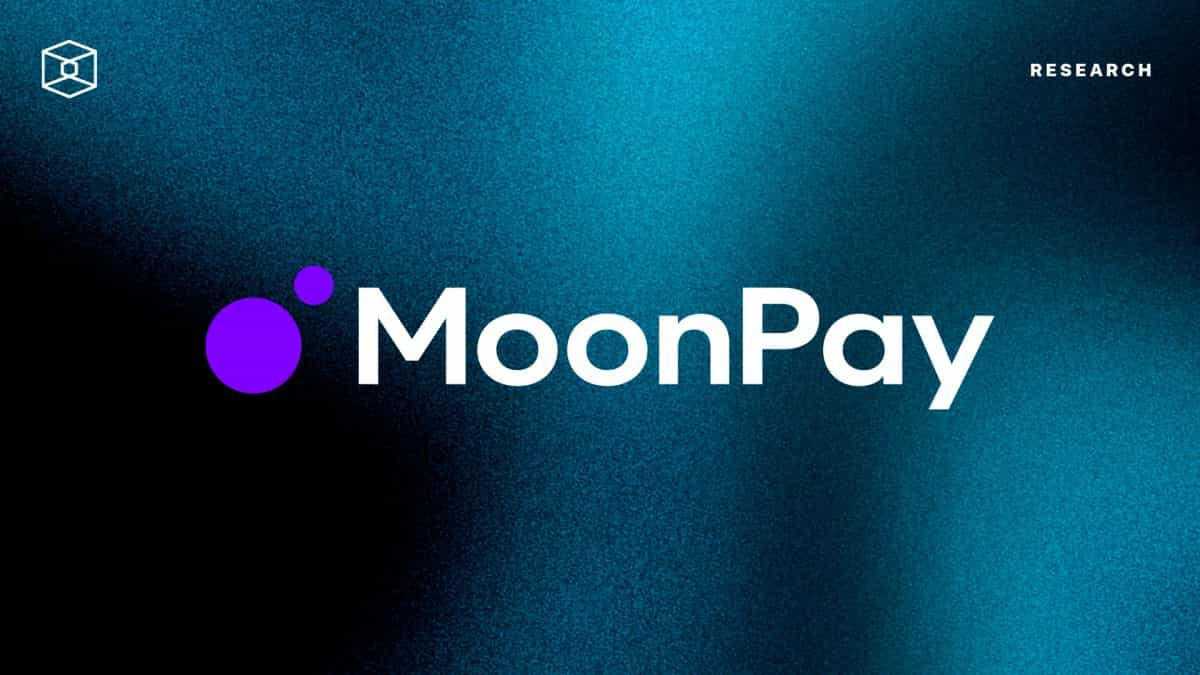How to build in metaverses


The metaverse is the 3D vision of the currently 2D internet. It assumes that humans will want more from their online experiences than scrolling through flat pages on a computer screen or watching videos from a device. Metaverse developers argue that people will want to embody or become enmeshed in their online interactions.
To be sure, the metaverse is still a concept. It has not fully arrived. But the pillars needed to create the metaverse already exist. Virtual worlds let people congregate and interact via avatars. The digital spaces allow its users to construct cities or even nations, with economies and communities sometimes following. As we continue to explore and shape the metaverse, learning how to build within these worlds can be a valuable skill.
Why would you build in the metaverse?
The metaverse offers numerous opportunities for creativity, innovation and interaction. One such opportunity is the ability to construct structures or landscapes within a digital realm. Whether it's a house, a park or large swathe of land, building within the metaverse allows for personal expression and the creation of a unique digital identity. This concept extends beyond traditional physical limitations to permit structures or environments that defy the laws of reality.
Building within the metaverse also presents potential economic opportunities. Platforms like Decentraland and The Sandbox let users purchase virtual land. Virtual land owners can then make their own unique settings and monetize these creations by trading NFTs or charging admission to virtual events. Some users have even profited from trading or renting virtual land.
However, building within the metaverse requires a shift in perspective from virtual worlds of the past such as Second Life. Many metaverse platforms require blockchain-based technology such as cryptocurrencies or non-fungible tokens (NFTs). As builders continue to explore and shape the metaverse, the act of building within it can offer new avenues for creativity, economic activity and social interaction.
What are the basic steps to building in the metaverse?
Building within the metaverse involves several steps.
The initial step is conceptualization, where you envision the structure or environment you want to create. This could be a building, a landscape or even a digital art piece.
Next, if you're using blockchain-based metaverse platform, you'll need to buy virtual land. This acquisition is done using cryptocurrencies and NFTs, which play a large part of the metaverse's economy.
Once the land is secured, you can start creating your envisioned structure using the tools provided by the platform.
However, it's important to note that building in the metaverse requires more than just design skills. It's also crucial to consider digital asset interoperability, transaction security and perhaps even tokenomics.
Cryptocurrency and the metaverse
The functioning of this digital realm is significantly influenced by, though not entirely dependent upon, cryptocurrencies and blockchain technology.
For instance, blockchain-based metaverse startups like Decentraland and The Sandbox use NFTs and cryptocurrencies to facilitate virtual land purchases and the creation of personalized environments. Users can trade NFTs or charge for entry to virtual events, making cryptocurrencies a key part of these metaverse economies.
Blockchain technology gives users unfettered access to a global online monetary platform with fast, cryptographically secure transactions. Users can transact goods and services engage almost as if they were in person.
However, not all metaverse endeavors rely on cryptocurrency. The virtual worlds from metaverse-focused company Meta, previously Facebook, focuses on augmented reality (AR) and virtual reality (VR) to immerse users in virtual spaces. While Meta has also dipped its toes in web3 services, the company has also carved out metaverse usage separate from blockchain-based technology.
Are there any risks with building in the metaverse?
While presenting numerous possibilities, building in the metaverse also carries inherent risks that potential builders must consider.
One major concern revolves around the security of transactions within the metaverse. Though blockchain technology touts security and immutability, the risk of hacks and data breaches cannot be entirely discounted. It's crucial for users to securely conduct their activities and protect their virtual assets.
Another worry is the potential for market volatility. The value of virtual land and other digital assets can fluctuate significantly. Builders may find their investments depreciating in value due to market dynamics or changes in the popularity of certain metaverse platforms. Therefore, it's essential to approach building in the metaverse with a thorough understanding of the economic landscape and potential risks involved.
Additionally, there are concerns related to interoperability in the metaverse. While the vision for the metaverse is a unified, interconnected virtual world, the reality is that it's currently a network of separate platforms with varying levels of collaboration and compatibility. This fragmentation could pose challenges for builders seeking to create across multiple platforms or transfer assets between them. To navigate this, builders need to stay updated on evolving standards and protocols within the metaverse ecosystem.
Lastly, the issue of digital identity, privacy and safety is a pressing concern. As builders create and interact within the metaverse, they leave a potentially exploitable digital footprint. Ensuring the privacy and security of one's digital identity is paramount in the metaverse. Both metaverse builders and users need to be aware of these risks and take appropriate steps to safeguard their online presence.
Disclaimer: This article was produced with the assistance of OpenAI’s ChatGPT 3.5/4 and reviewed and edited by our editorial team.
© 2023 The Block. All Rights Reserved. This article is provided for informational purposes only. It is not offered or intended to be used as legal, tax, investment, financial, or other advice.



